“The new buildings of the Tokyo Stock Exchange were formally opened on the 2nd. They are situated near Yoroibashi and are constructed in tolerably attractive style, which gains a great deal by comparison with its surroundings. This Exchange is now a highly prosperous concern. When it was started, in 1878, the business done was a mere bagatelle, but the daily transactions at present average from twenty thousand to fifty thousand shares.”
– The Japan Weekly Mail, April 8, 1899
By one estimate, in 1905, there were 481 bridges in Tokyo spanning the city’s natural and man-made waterways. Some people even referred to Tokyo as the “Venice of Asia.” The waterways had provided the feudal capital, Edo, with an easy transport system at a time when, by and large, there was little vehicular traffic.
Modernization, after the Restoration, brought to Japan new bridge-building materials and technologies. Among the first Meiji era bridges to be built in a Western style in the renamed capital, Tokyo, was Yoroibashi [armor bridge], erected of iron in 1872 across the Nihonbashi canal that replaced a feudal era ferry crossing at Kabutocho. Yoroibashi would be refurbished and widened around 1920 to better accommodate electric streetcar and pedestrian traffic.
- Yoroibashi & the Tokyo Stock Exchange (left), c. 1910.
- Streetcars rolling down Chuo-dori in the financial Kabutocho district of Nihonbashi, c. 1910.
- The Yoroibashi widened to accommodate pedestrian traffic, c. 1920.
Modernization for Japan also included adopting Western financial systems, among them modern banking practices, forex, and securities and bond exchanges. The “Stock Exchange Ordinance” was enacted by the Meiji government in May 1878 and, on May 15, the Tokyo Stock Exchange [Tokyo Kabushiki Torihikijo] was established.
The Exchange opened for business on June 1, 1878, to provide a market for the trading of government bonds. Government bonds, gold, and silver currencies formed the bulk of the exchange’s early trades, but, with the continued growth and modernization of Japan’s economy, trading in stocks came to predominate by the 1920s.


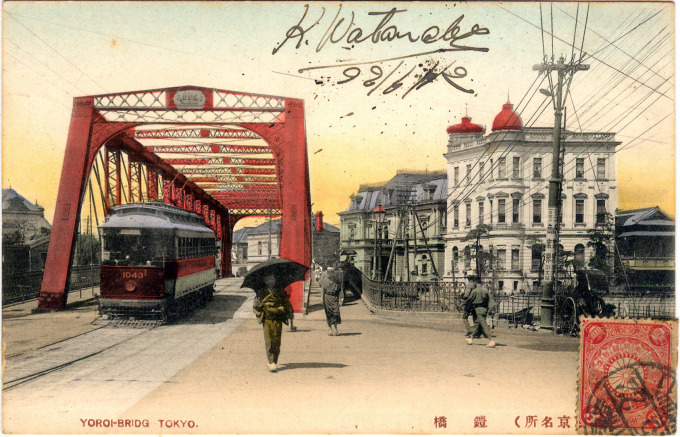
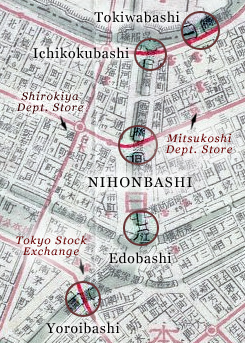
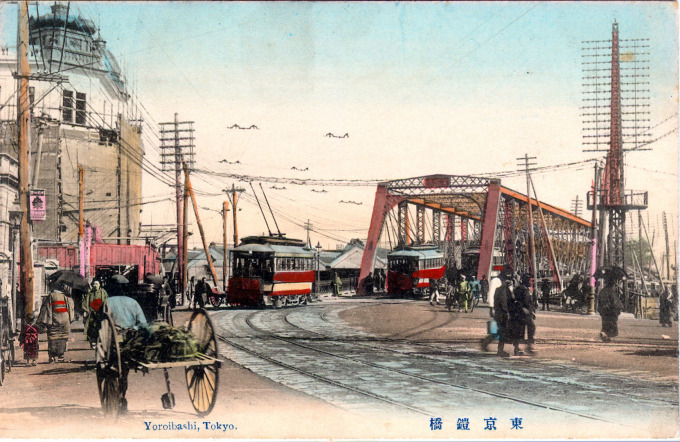
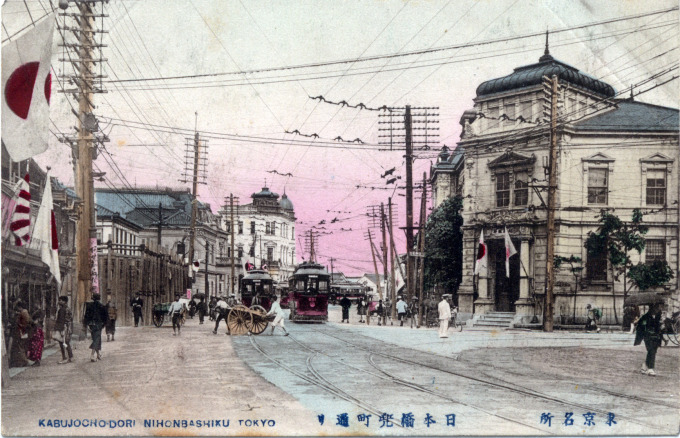
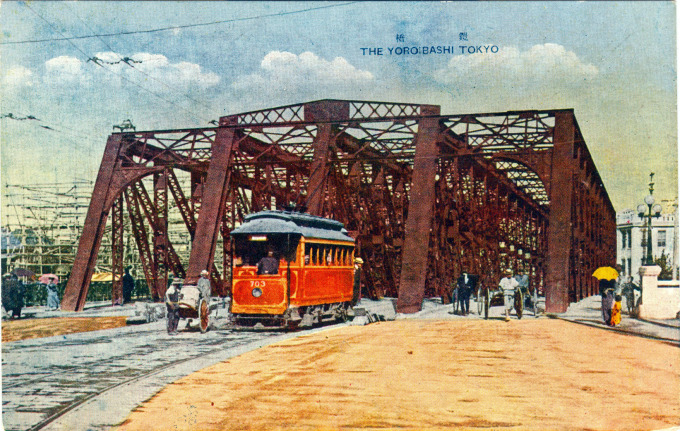
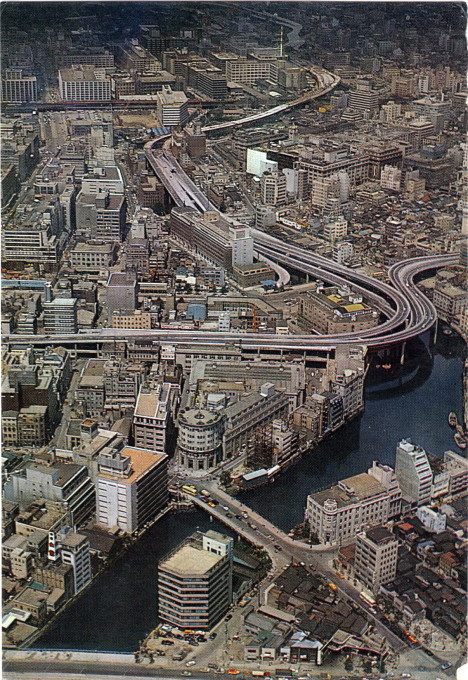
Pingback: Nihonbashi District | Old Tokyo